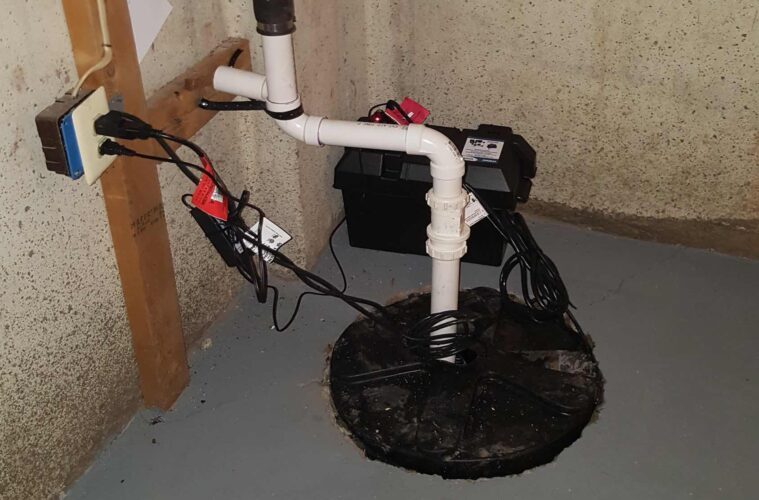Homeowners work hard to protect their properties from a variety of issues. Protecting their homes provides them with a safe, warm place to live and keeps their largest investment (i.e. their homes) safe and sound.
One of the often overlooked tools that you can use to keep your home safe are sump pump units.
If your home is like most, you rely on a sump pump to keep it dry during heavy rains and storms.
A sump pump almond the drainage pipe from your roof and sends the water outside of your house. It’s an essential piece of equipment for any homeowner, so it’s important to know how to diagnose any potential problems.
That being said, when it comes to sump pump problems diagnosing the issues can be difficult.
In this blog post, we’ll outline some of the most common causes of sump pump unit failures, and provide some tips on how to troubleshoot them. We also recommend that you have your sump pump serviced at least once a year to ensure optimal performance. So if you’re experiencing any problems with your sump pump, read on for help!
Homeowners can contact the team at Clover Services if they need help assessing or repairing the sump pump system. Working with a high-quality plumbing company, like Clover Services, ensures that your plumbing issues are addressed quickly and professionally.
Continue reading to learn more about sump pump problems and how to diagnose them.
Sump pump problems and diagnosing the issues
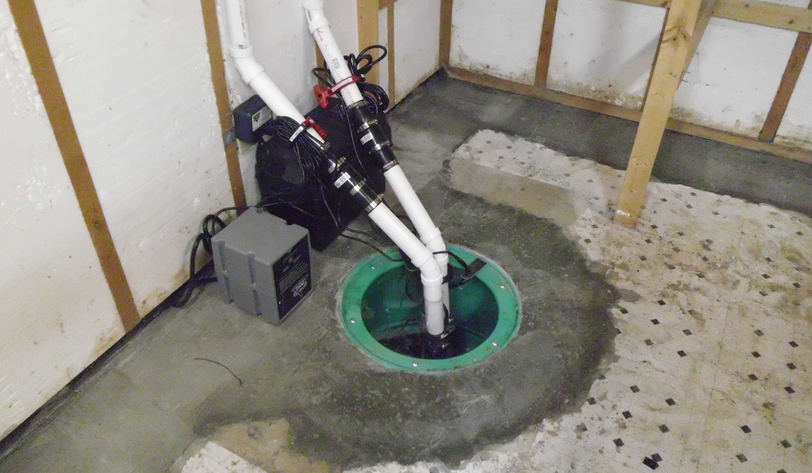
source: pinterest.com
Sump pumps are an essential tool for protecting homes from flooding, but they can also be a source of problems if they are not properly maintained. Some of the most common issues that can occur with sump pumps include:
Clogged intake screens: The intake screen is designed to stop debris from entering the sump pump unit, but it can become clogged over time. If the screen becomes too blocked, it can reduce the pump’s ability to draw in water, leading to flooding.
Leaking discharge lines: The discharge line carries water away from the pump, so a leak in this line can cause water to backsplash into the basement. In addition, a leaking discharge line can erode the surrounding soil, which can lead to foundation problems.
Damaged float switches: The float switch is what activates the pump when water levels start to rise. If the float switch becomes damaged, it may not be able to activate the pump when it is needed, which can lead to flooding.
Sump pumps are an important part of protecting homes from floods, but they need to be regularly maintained in order to avoid common problems.
How do you know when your sump pump problems need diagnosing?
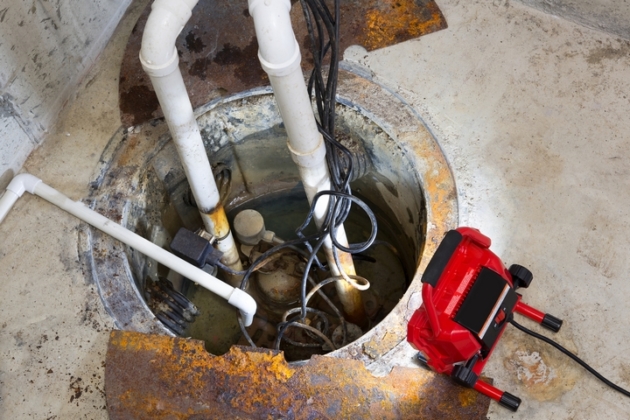
source: pinterest.com
Sump pumps are not indestructible, and they will eventually need to be repaired or replaced. There are a few key signs that indicate when it is time for a brand-new sump pump unit.
First, if the pump is noisy, it may be overworked or beginning to fail. Second, if water is starting to seep around the edge of the pit, the seal may be faulty and needs to be replaced. Finally, if the pump turns on more frequently than normal, it may be overworked and needs to be replaced.
By being aware of these signs, homeowners can help to prolong the life of their sump pump.
What are some tips for prolonging the life of your sump pump?
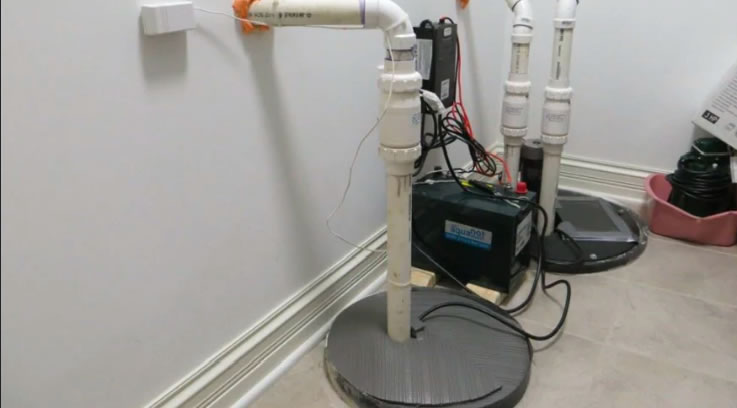
source: pinterest.com
It’s important to know how to prolong the life of your sump pump. Here are a few sump pump tips:
First, make sure that the sump pump unit was properly installed. A faulty installation can put undue strain on the pump and shorten its lifespan.
Second, keep an eye on the discharge pipe. Make sure that it is clear of debris and that there are no leaks or cracks. A blocked discharge pipe can cause the pump to overheat and fail prematurely.
Third, regularly check the float switch. This device turns the pump on and off, and if it becomes stuck in the “on” position, it can cause the pump to run continuously and overheat.
How much can you expect to pay to replace or repair a sump pump?
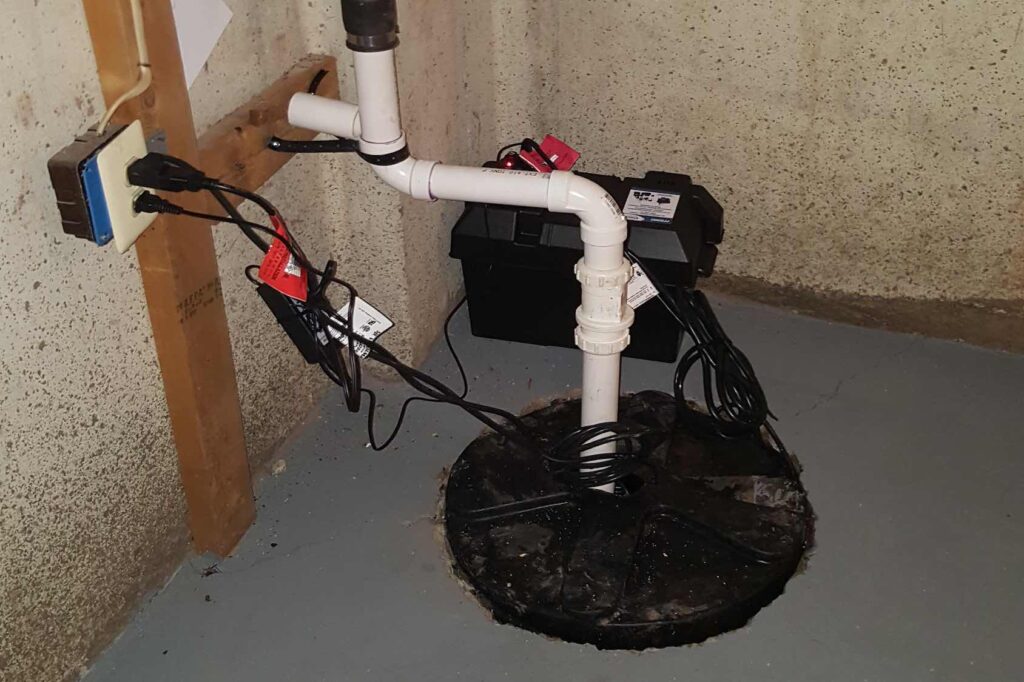
source: pinterest.com
Unfortunately, sump pumps can break down over time, and when they do, the cost of repairs can be quite high. In some cases, it may be more cost-effective to simply replace the pump.
The cost of a new sump pump will vary depending on the size and type of pump, but it is typically between $200 and $500. The cost of repair will also vary depending on the extent of the damage, but it is typically between $100 and $300.
Diagnosing sump pump problems — Conclusion
If you are experiencing any of the problems we’ve mentioned, it is best to contact a professional plumber as soon as possible.

